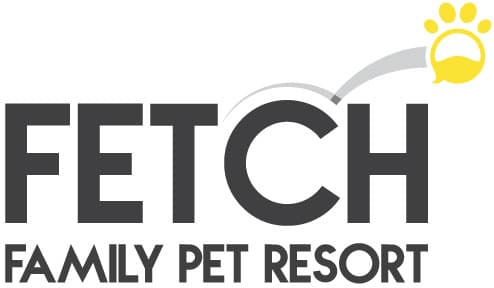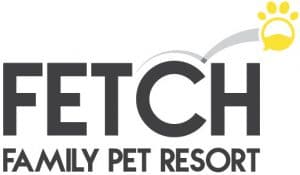Lots of people know the ‘sit’ command for dogs. It seems to the most common one in the pet owner repertoire. However, the ‘place’ command is far more important to you and your dog. It’s about achieving the fastest response to ensure the maximum amount of safety for you, your pet, other humans, and other animals.
“Place” tells your dog where he must go. It can be a spot on the sofa, a blanket in a distant room, even a dog bed. It’s a spot that your dog immediately goes to upon hearing that command, and he knows his body must stay in touch with that object until you say its okay to move again.
When your dog knows the “place” command it will keep them from running outdoors unexpectedly. When someone comes to the front door, you can tell your dog to “place” to minimize the baking and protective reaction. When your dog knows the “place” command he won’t be underfoot so often. Who hasn’t tripped over their dog recently while trying to get chores completed? Telling your dog to “place” can prevent him from chasing cars or vehicles. When your dog knows the “place” command, they will stay in that place when you leave the house and will wait for your return.
Teaching your dog the “place” command takes time and patience. You will need your dog, collar, leash, blanket or dog bed, superbly delicious treats, and a clicker. The key is to teach your dog that when he responds to “place” they go to the same place each time, there is a reward. Start small – reward just a toe touching the place location and progress slowly. Most important – make it fun!
Fetch offers a variety of dog training packages, and the “place” command is a core part of any program. If you need some assistance in teaching “place” to your pet or wish to learn more about how training can improve the confidence bond between you and your pet, reach out to any of the pet specialists. As always, I am only a bark away.
Carolyn
Carolyn’s Corner
Carolyn Lapps is the General Manager at Fetch Family Pet Resort. Her love and passion for all animals began at a young age and has led to a career. She is frequently consulted on pet socialization, family integration issues, and is highly regarded for her experience with domestic animal management and care.

